While it seems like Verizon will be the first to test the superfast 5G wireless technology, based on their indications, we will need to wait until around 2020 before it is publicly available. Hopefully, those projections will not be accurate and we will start seeing some type of 5G technology commercially within the next 12 months.
Regardless of when it will arrive, key players across the global telecom ecosystem are already aligning strategies to capitalize on what is expected to emerge as a quantum leap in service quality and bandwidth support provided by 5G or fifth generation wireless systems.
How could 5G change the wireless landscape?
It depends on whom you ask. First, let’s consider the speed difference. In theory, 5G can be up to 1,000 x Faster than 4G while 5G has 100 x Less Latency than 4G. Realistically, Verizon’s tests have shown a connection speed that is 30 to 50 times faster than our current 4G network, or higher speeds than what Google Fiber offers through a direct physical connection into the home, said Roger Gurnani, chief information and technology architect for Verizon.
For the movie fans out there, what that means is that with 5G, a copy of the movie “The Guardians of the Galaxy” would zip to your device in 15 seconds instead of 6 minutes via 4G.
What are other the potential benefits of 5G?
Bandwidth support will dramatically improve. 5G is expected to provide a dramatic improvement in bandwidth support, raising the bar for high-utilization based wireless applications and an exponential improvement in latency, allowing for almost real-time use cases. For example, 5G is far more responsive, so the precise hand movements of a surgeon in Tokyo could be transferred to New York in real time. It’s supposed to be more power-efficient, so devices are expected to last 10 times as long. Carriers will also be able to send more data across a fatter pipe, so a hit TV show like HBO’s “Game of Thrones” will stream just fine even if millions of other people are watching too.
In addition, the globalization of 5G technology will also result in several changes for the computer and telecom industries.
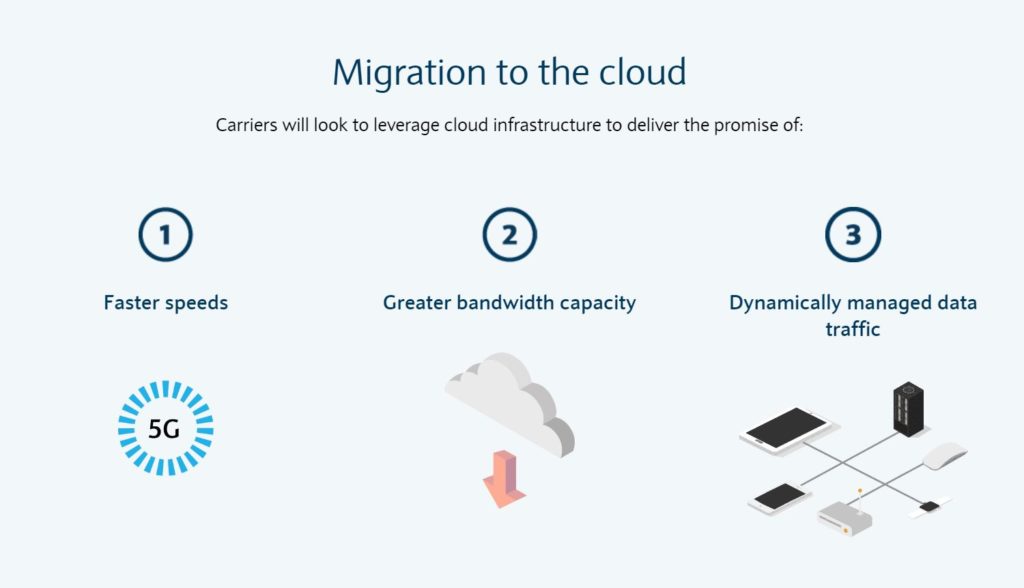
A move from dedicated equipment to software that sits on standard servers. Information from standard servers is collected, managed and trafficked centrally in the cloud.
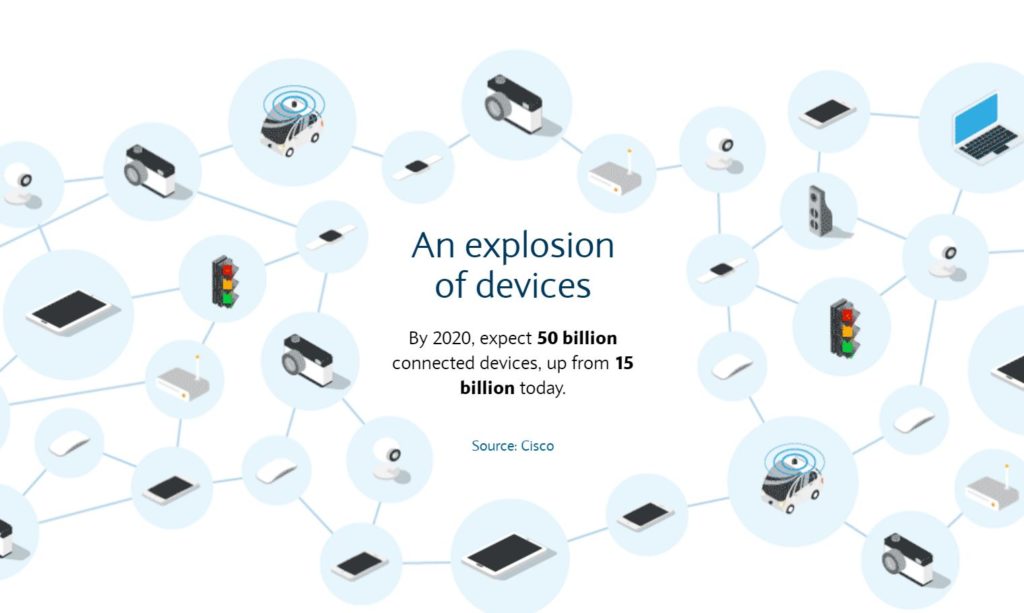
Data traffic on the rise.
Over the next 5 years, global mobile data traffic is expected to increase by 827%
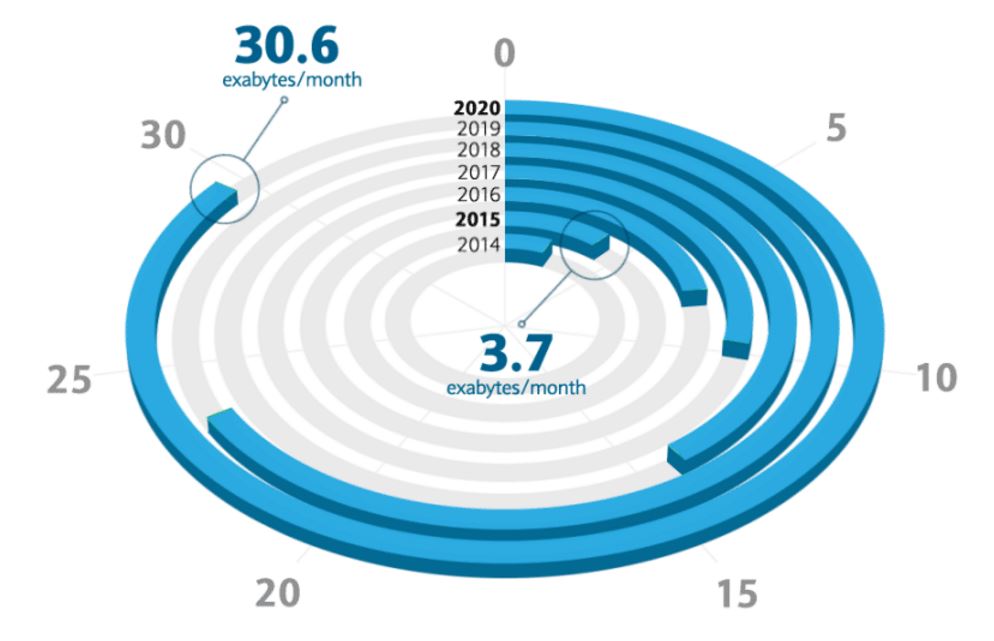
Software will replace costly equipment
Deploying ‘functions’ with software rather than with costly equipment installs leads to:
• Improved utilization
• Better traffic management
• Lower operating costs
• Lower data delivery cost
• New revenue opportunities
Virtualization will rule
Network functions are virtualized so that services can be ‘sliced’ based on specific requirements such as speed, capacity, geography and duration. In addition, 5G will be more scalable to support the Internet of Things, where each device and network will use exactly the amount of bandwidth it needs when it needs it. For example, a regular household will not as much bandwidth as a public facility hosting a large number of people using their own streaming media devices simultaneously.
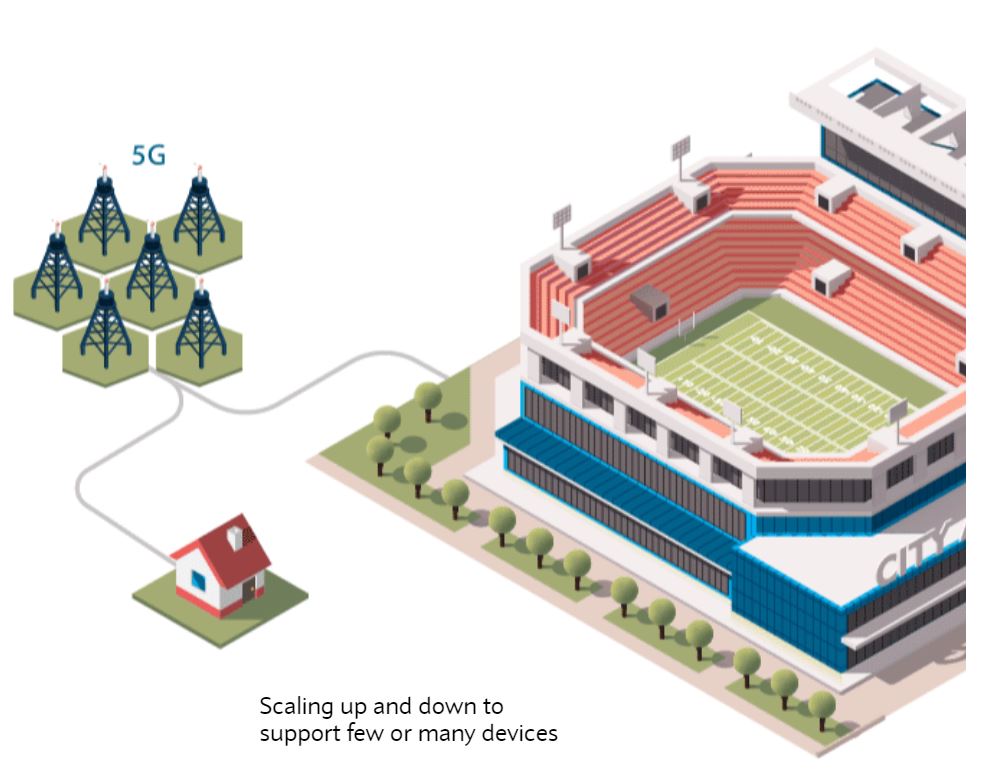
How can 5G capitalize on high-band spectrum?
High-band spectrum can deliver more data, but requires a denser network with smaller and closer cell sites – think hundreds of meters versus current ranges in miles for existing tower sites.

4G – Using larger cell sites, lower frequency bands can travel even longer distances but have lower data capacity.

5G -Smaller cell sites are required at higher frequencies; higher spectrum supports greater data capacity.
Existing bands can be augmented by unused higher frequency bands
With 3-4x more spectrum becoming available over the next 5-10 years, 5G plans to capitalize on higher frequency airways in order to carry more traffic per user which is increasingly necessary in a world in which connected devices collect and transmit data continuously.
What are the potential opportunities?
A smarter network allows for customized service quality to meet the specific needs of a broader array of potential applications.
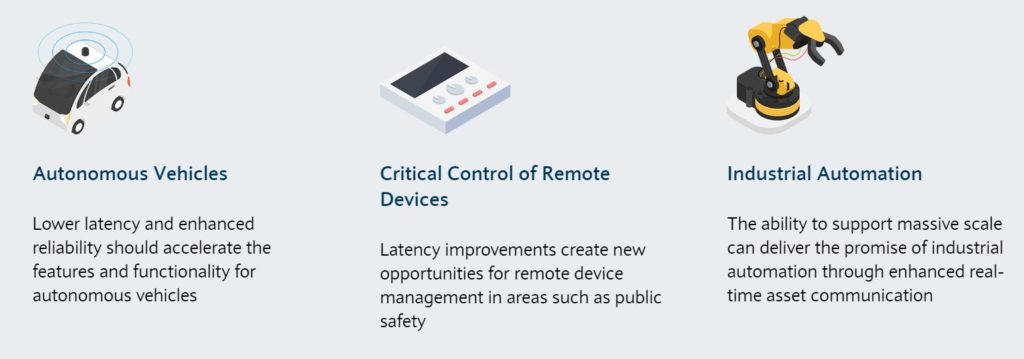
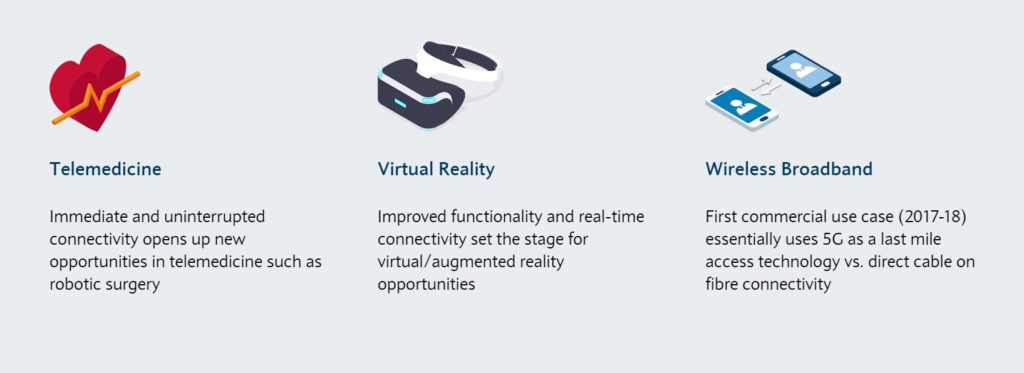
In sum, 5G will improve connectivity and bring it to an entire new level. It is just one more aspect of the exponential growth that technology has experienced over the past two decades. Exciting times are ahead of us!
Thank you for reading. Until next time, this is Manuel Gil del Real (MGR)
*Graphics Source: Barclays.com
*Information Source: Cisco, FCC, Verizon Wireless




